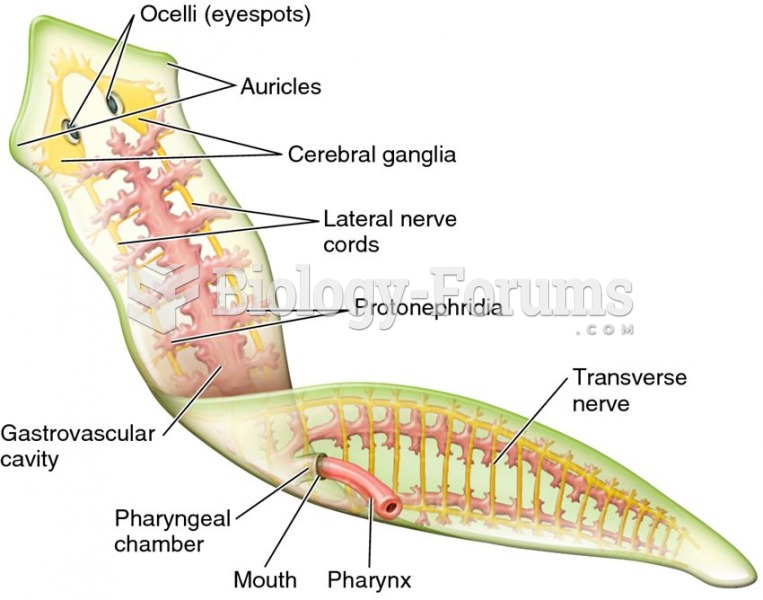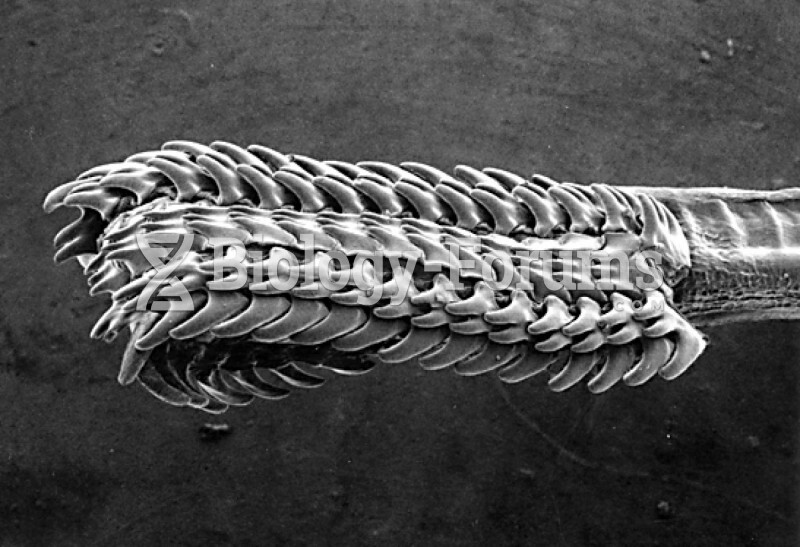Answer to Question 1
Correct Answer: 2,3,4
Rationale 1: Prazosin (Minipress) does not decrease urinary output but causes an increase in urinary frequency due to more active smooth muscle contractions in the urinary tract.
Rationale 2: Administer initial dose of prazosin (Minipress) at bedtime to minimize adverse effects, such as postural hypotension and syncope.
Rationale 3: The most common side effects of prazosin include dizziness, drowsiness, fatigue, weakness, palpitations, orthostatic hypotension, and headache, since this drug is an alpha1-adrenergic blocker that causes a rapid decrease in peripheral resistance that reduces blood pressure.
Rationale 4: If the initial dose of prazosin (Minipress) must be taken during the day, advise the client to remain recumbent for at least 3 to 4 hours and not to perform hazardous activities during that time.
Rationale 5: Prazosin (Minipress) does not cause constipation.
Global Rationale: Administer initial dose of prazosin (Minipress) at bedtime to minimize adverse effects, such as postural hypotension and syncope. The most common side effects of prazosin include dizziness, drowsiness, fatigue, weakness, palpitations, orthostatic hypotension, and headache, since this drug is an alpha1-adrenergic blocker that causes a rapid decrease in peripheral resistance that reduces blood pressure. If the initial dose of prazosin (Minipress) must be taken during the day, advise the client to remain recumbent for at least 3 to 4 hours and not to perform hazardous activities during that time. Prazosin (Minipress) does not decrease urinary output but causes an increase in urinary frequency due to more active smooth muscle contractions in the urinary tract and it does not cause constipation.
Answer to Question 2
Correct Answer: 1
Rationale 1: Propranolol is a nonselective beta-adrenergic antagonist, blocking both beta1 and beta2 receptors all over the body; and so, is used in the prophylaxis of migraine headache.
Rationale 2: Acebutolol, a cardioselective beta1 antagonist similar to metoprolol, is used for HTN and recurrent ventricular dysrhythmia.
Rationale 3: Carvedilol is an alpha1 blocker as well as a beta receptor blocker that is not used for prophylaxis of migraine.
Rationale 4: Metoprolol is a selective beta1-adrenergic antagonist that is not used for migraines.
Global Rationale: Propranolol is a nonselective beta-adrenergic antagonist, blocking both beta1 and beta2 receptors all over the body; and so, is used in the prophylaxis of migraine headache. Acebutolol, a cardioselective beta1 antagonist similar to metoprolol, is used for HTN and recurrent ventricular dysrhythmia. Carvedilol is an alpha1 blocker as well as a beta receptor blocker that is not used for prophylaxis of migraine. Metoprolol is a selective beta1-adrenergic antagonist that is not used for migraines.







